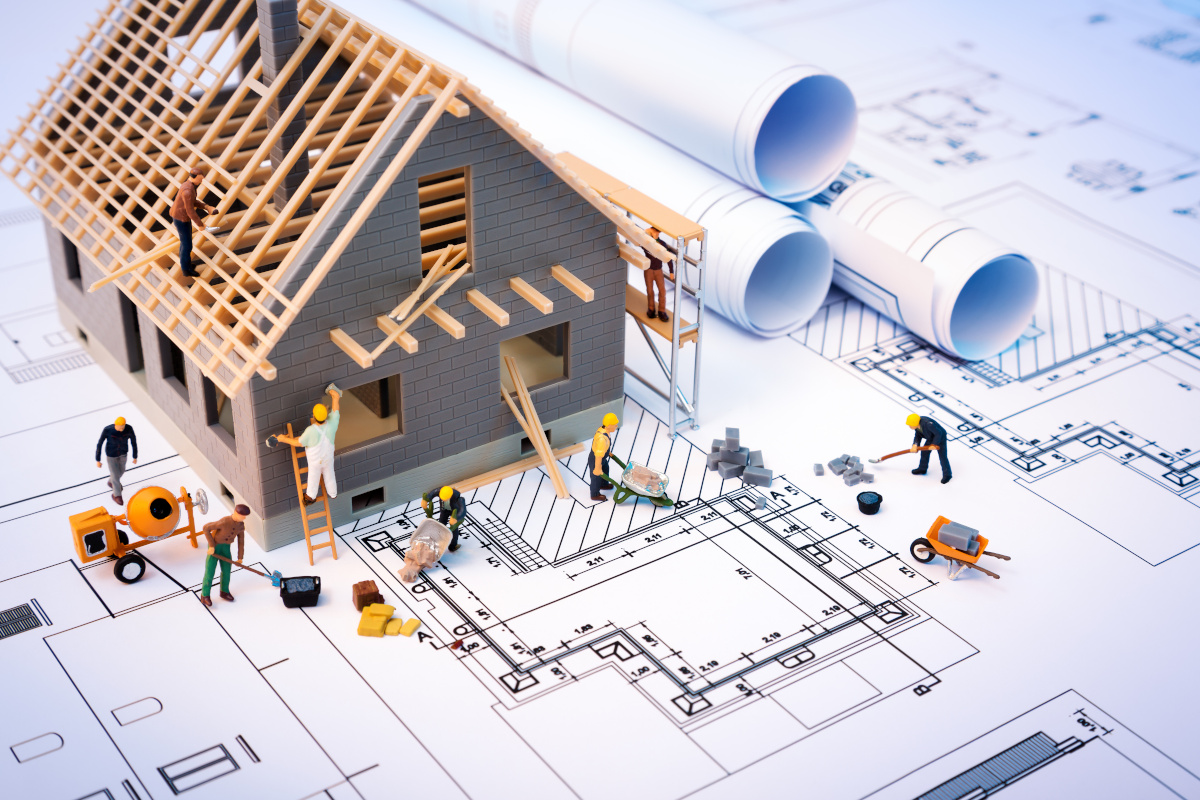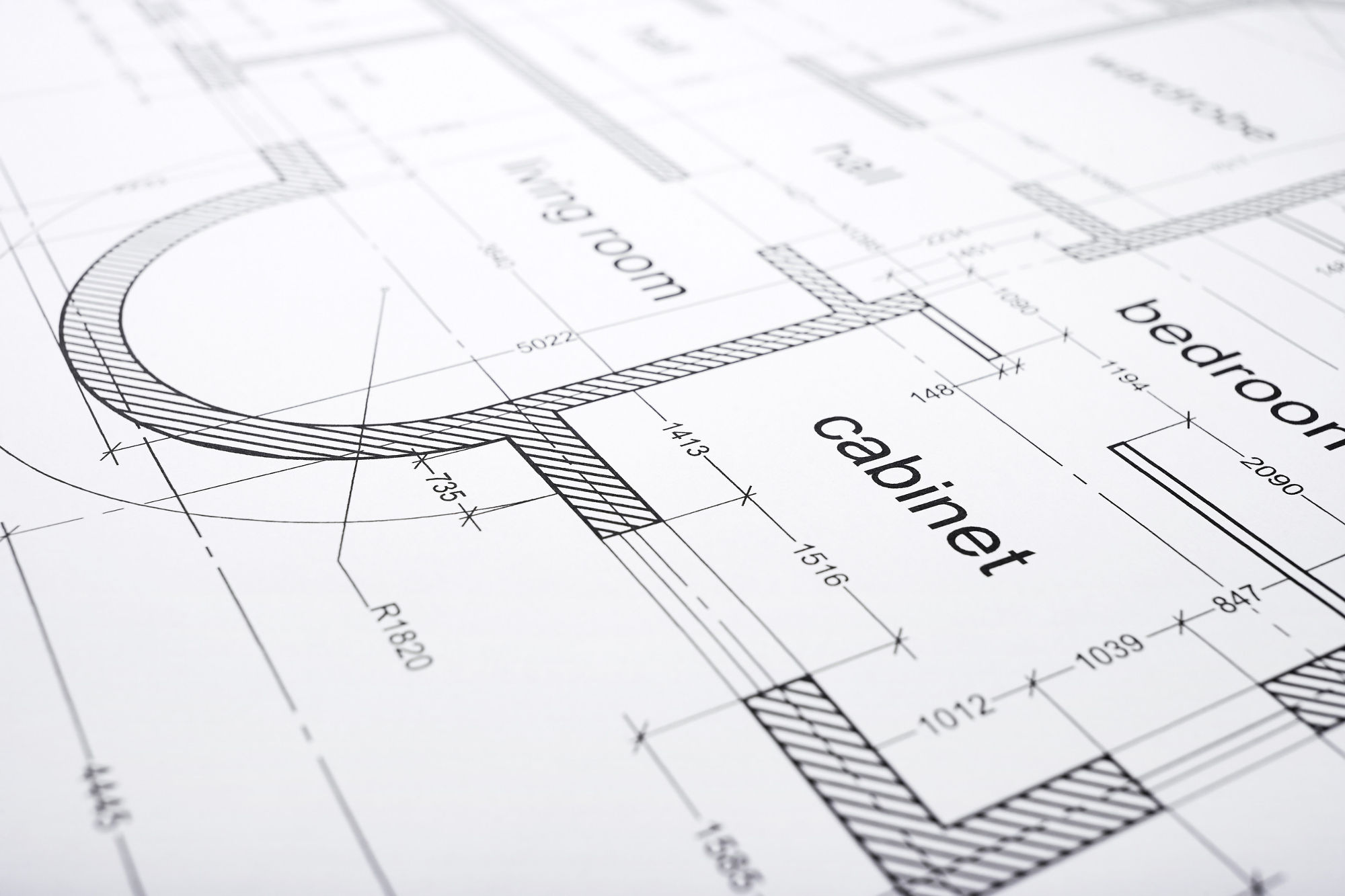Mastering Energy-Efficient Building
November 17th, 2025 by admin

As an owner-builder, you have the unique opportunity to create a home that not only meets your personal needs but also embraces energy efficiency from the ground up. In this comprehensive guide, we'll explore the world of energy-efficient building, providing you with valuable insights and practical tips to make your dream home both comfortable and environmentally friendly.
Why Energy Efficiency Matters
Before diving into the specifics, it's crucial to understand why energy efficiency is so important in home construction:
- Lower utility bills
- Reduced environmental impact
- Improved comfort and indoor air quality
- Increased property value
- Potential tax incentives and rebates
Key Elements of Energy-Efficient Building
1. Insulation
Proper insulation is the foundation of an energy-efficient home. It helps maintain a consistent indoor temperature, reducing the workload on your heating and cooling systems. Consider these options:
- Spray foam insulation
- Fiberglass batts
- Cellulose insulation
- Rigid foam boards
Pay special attention to attics, walls, and floors above crawl spaces. Don't forget to insulate around windows and doors to prevent air leaks.
2. Windows and Doors
Energy-efficient windows and doors can significantly reduce heat gain in summer and heat loss in winter. Look for:
- Double or triple-pane windows with low-E coatings
- Energy Star certified products
- Proper weatherstripping and sealing
3. HVAC Systems
Heating, ventilation, and air conditioning (HVAC) systems are major energy consumers in most homes. Opt for energy-efficient options such as:
- High-efficiency heat pumps
- Geothermal systems
- Programmable or smart thermostats
- Proper ductwork design and sealing
4. Lighting
Efficient lighting can make a big difference in your energy consumption. Consider:
- LED bulbs throughout the home
- Natural daylighting techniques
- Motion sensors and timers for outdoor lighting
- Smart lighting systems for automated control
5. Appliances
When selecting appliances for your new home, prioritize energy efficiency:
- Look for Energy Star certified products
- Consider heat pump water heaters
- Opt for induction cooktops
- Choose high-efficiency washers and dryers
Advanced Energy-Efficient Building Techniques
1. Passive Solar Design
Incorporate passive solar design principles to naturally heat and cool your home:
- Proper orientation of the house
- Strategic placement of windows
- Use of thermal mass materials
- Incorporation of shading elements
2. Cool Roofs
Cool roofs reflect more sunlight and absorb less heat than standard roofs. Options include:
- Reflective shingles or tiles
- White or light-colored roofing materials
- Green roofs with vegetation
3. Smart Home Technology
Integrate smart home features to optimize energy use:
- Smart thermostats
- Automated lighting controls
- Energy monitoring systems
- Smart power strips
4. Renewable Energy Systems
Consider incorporating renewable energy sources:
- Solar panels
- Small wind turbines
- Geothermal heat pumps
The Building Process: Energy Efficiency at Every Step
1. Planning and Design
Work with an architect or designer experienced in energy-efficient building. Consider using energy modeling software to optimize your home's design for efficiency.
2. Site Preparation
Properly prepare your building site to maximize natural advantages and minimize energy waste:
- Optimize house orientation
- Preserve existing trees for natural shading
- Plan for proper drainage
3. Foundation and Framing
Use energy-efficient framing techniques and consider insulated concrete forms (ICFs) for the foundation.
4. Building Envelope
Create a tight building envelope to prevent air leaks:
- Use proper air sealing techniques
- Install a continuous air barrier
- Consider using structural insulated panels (SIPs)
5. Mechanical Systems
Properly size and install your HVAC system for optimal efficiency. Consider zoned heating and cooling for better control.
6. Finishes and Landscaping
Choose energy-efficient finishes and implement water-saving landscaping techniques.
Certification and Standards
Consider pursuing energy efficiency certifications for your home:
- LEED (Leadership in Energy and Environmental Design)
- ENERGY STAR Certified Homes
- Passive House certification
- Net Zero Energy Building certification
Financing Your Energy-Efficient Home
Explore financing options that support energy-efficient building:
- Energy-efficient mortgages
- Green building loans
- Government incentives and tax credits
- Utility company rebates
Conclusion
Building an energy-efficient home as an owner-builder is a rewarding journey that pays dividends in comfort, savings, and environmental impact. By incorporating these principles and techniques into your building process, you'll create a home that's not only tailored to your needs but also operates efficiently for years to come.
Remember, the Owner Builder Network is here to support you every step of the way. From helping you find the right contractors and suppliers to providing guidance on energy-efficient building practices, we're committed to making your owner-builder experience a success.
Start your energy-efficient home building journey today, and create a living space that's as sustainable as it is comfortable. Your future self (and the planet) will thank you!
Posted in: Building Projects


